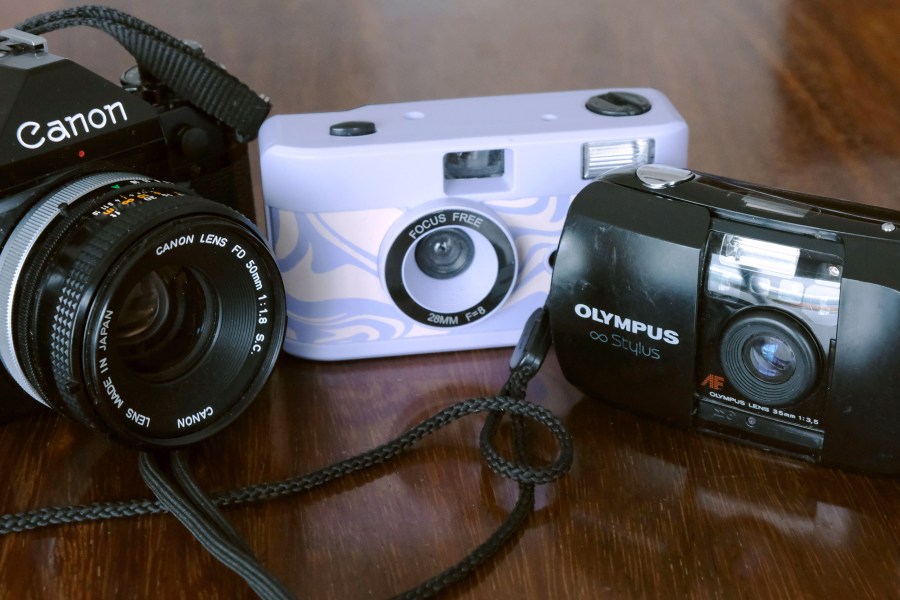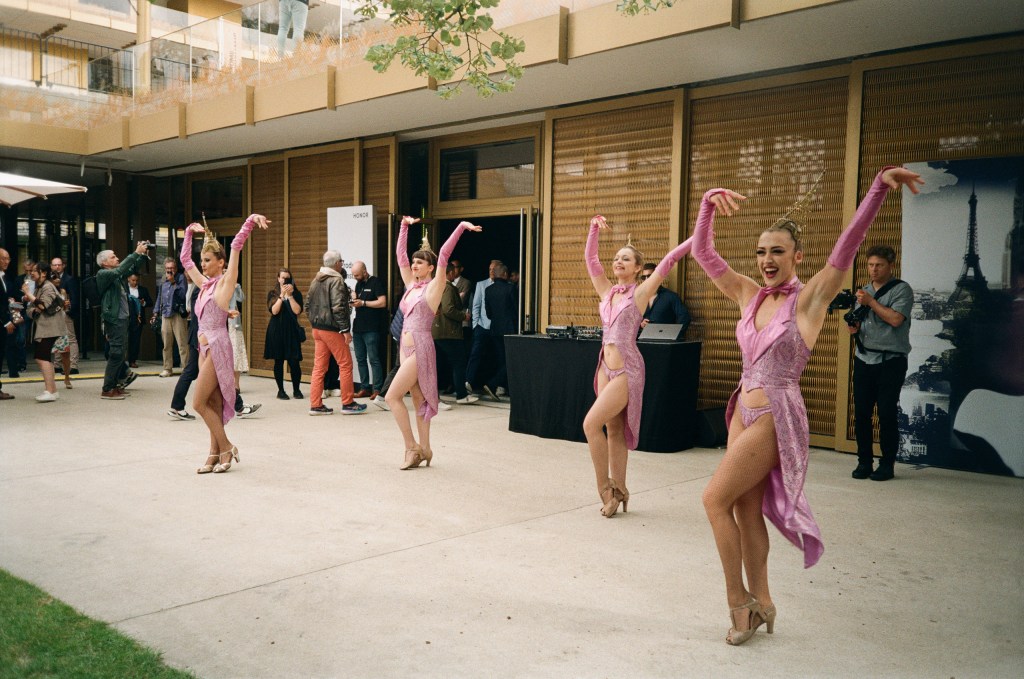Amateur Photographer verdict
Its grainy but detailed look, vibrant colours, warm tones and the fact that this is a film your parents probably used back in the day, give it a unique charm.- Beginner friendly
- Budget friendly
- Extremely reliable on sunny days
- Widely available
- Low-light and artificial lights are not the right match for this film
- ISO 400 films are better for low light
Kodak Gold 200 is widely known as a cheap, quality and reliable option among the film photography community. Kodak Gold is a negative-colour 35mm film stock that has been production since the 1980’s. The film is widely available in both 24 and 36 exposures. It is mostly known for being a cheap but quality option, beloved by both beginners and more experienced film photographers. So much so, that back in 2022, it was made available in medium format.
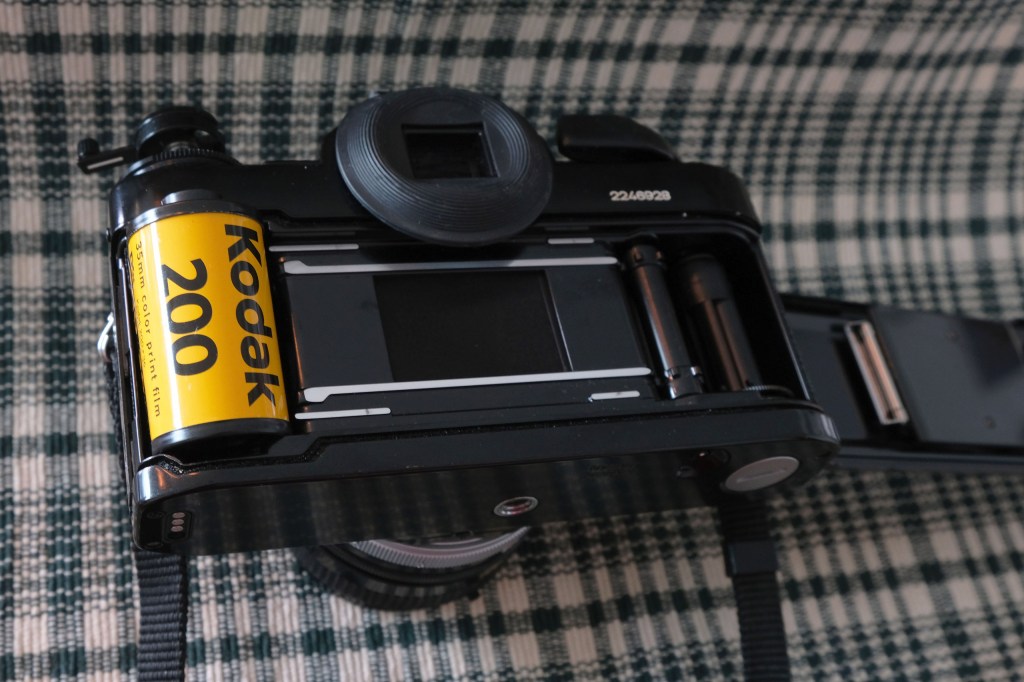
At a glance
- $8-$12 / £10- £14 for one roll
- ISO 200
- 24 and 36 exposure
- 35mm, 120, medium format
- C-41 processing
Shooting experience
The photos in this review were taken four cameras, point-and-shoots like the Kodak Ektar H35N, Olympus Mju I, and a brand-less camera I got from Urban Outfitters. Most recently, I also shot it with the film SLR Canon A-1.
The Kodak Ektar H35N, Olympus Mju I and the camera from Urban Outfitters all have fixed lenses. The H35N has a 22mm F/9.5 lens, the Mju I has a 35mm F/3.5 lens and the Urban Outfitters camera has a 28mm F/3.5 lens. I used a 50mm lens and a 55mm macro lens on the Canon A-1 and shot my photos in Automatic mode, experimenting with pushing the film from 100 ISO to 800.
In terms of processing, I processed my photos at three different labs: 21 Studio PhotoLab, and Analogue Wonderland in the UK, and Foto Hércules in Mexico.
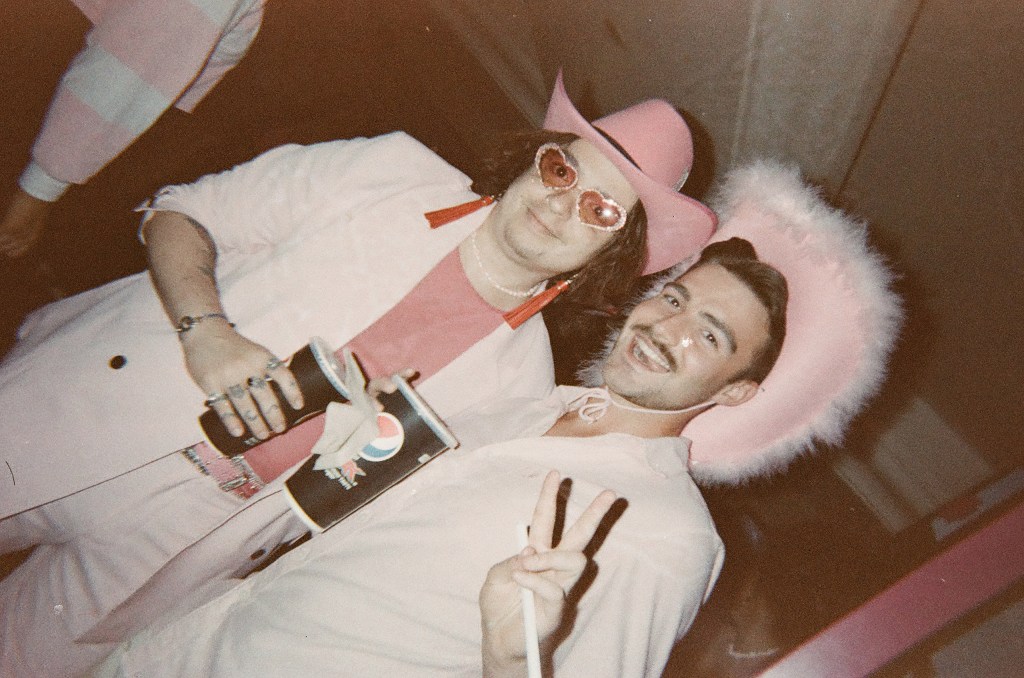
All the cameras except for the A-1 have a built-in flash, which I rarely used. I shot in a variety of light conditions, from a scorching UK summer days in August, indoors during cloudy days, to the landscape of Mexico City as the sun went down.
While my images taken during sunny days were the most vibrant and crisp, I found Kodak Gold 200 to be up to the task when it came to cloudy days and for photos taken indoors.
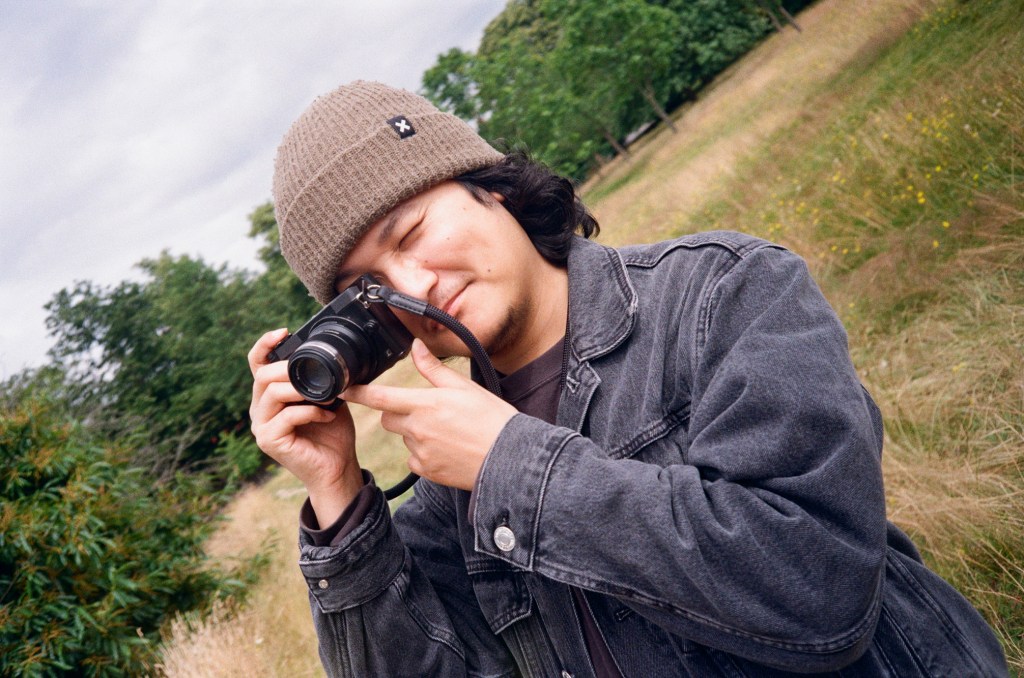
The colours though, are less vibrant on cloudy days and as well as when pushing the exposure up or down by more than one stop. Contrast also suffers when there aren’t any natural light sources in the frame, and shadows turn brown.
Pushing down (exposing at ISO100) was a problem as it increased my chances of getting camera shake (due to the slower shutter speed). Pushing up (exposing at ISO400/800) did have a favourable effect, especially indoors.
However, images taken at dusk and night-time at an ISO higher than 400 were better lit but lost a great amount of detail to grain.


However, I find higher ISO film stocks like Kodak Ultramax 400 and Fujifilm Fujicolour 400 a better bet as they cover a wider range of lighting situations. I also lived in the UK, a land where the sun is mostly absent for most of the year, so these are a better bet for this climate.
Using flash and being close to my subject helped when trying to get well-lit images indoors. However, shadows consistently turned brown. Night-time was nearly impossible, and my photos were almost completely black.
Artificial light sources were a particular pain. While they did show up, they regularly overpowered everything else. Additionally, white (fluorescent) lighting turned green.
In general, I was very happy with the images I got with all the different cameras I shot Kodak Gold 200 on. Certain imperfections I observed can be attributed to the individual cameras I shot with. General blurriness is common when shooting with my Urban Outfitters camera, and a faster film would have been better due to the slow F/8 aperture.
Kodak Gold 200 is often compared to another Kodak film, Kodak ColorPlus 200. Both are known for their vibrant colours and affordability. Both are very similar visually and are available at similar prices.
Many film photographers, including me, who have shot both are left confused as to whether there even is a difference. The only discernible difference is that Kodak Gold 200 is available in more film formats and is more widely available than Kodak ColorPlus 200. (??)
If you’re just starting out and looking for a camera to shoot Kodak Gold 200 with, the Kodak Ektar H35N is a great option. It’s relatively cheap and being a half-frame camera, which means it takes two photos per frame, it doubles the number of shots you get. So, say you shoot a 36-exposure roll of Kodak Gold 200 or Kodak ColorPlus 200 – you get 72 pictures in total. Cheap film and cheap camera? It’s practically a match made in heaven.
Verdict
This film was my gateway into 35mm film photography. Since then, I’ve discovered others like Kodak Portra, Kodak Ultramax 400 and Fujifilm Acros II, but Kodak Gold 200 is one I still enjoy.
Its grainy but detailed look, vibrant colours, warm tones and the fact that this is a film your parents probably used back in the day, give it a unique charm. And despite being best suited for sunny summer days, Kodak Gold 200 is also versatile and reliable, making it perfect for beginners or those on a budget.


